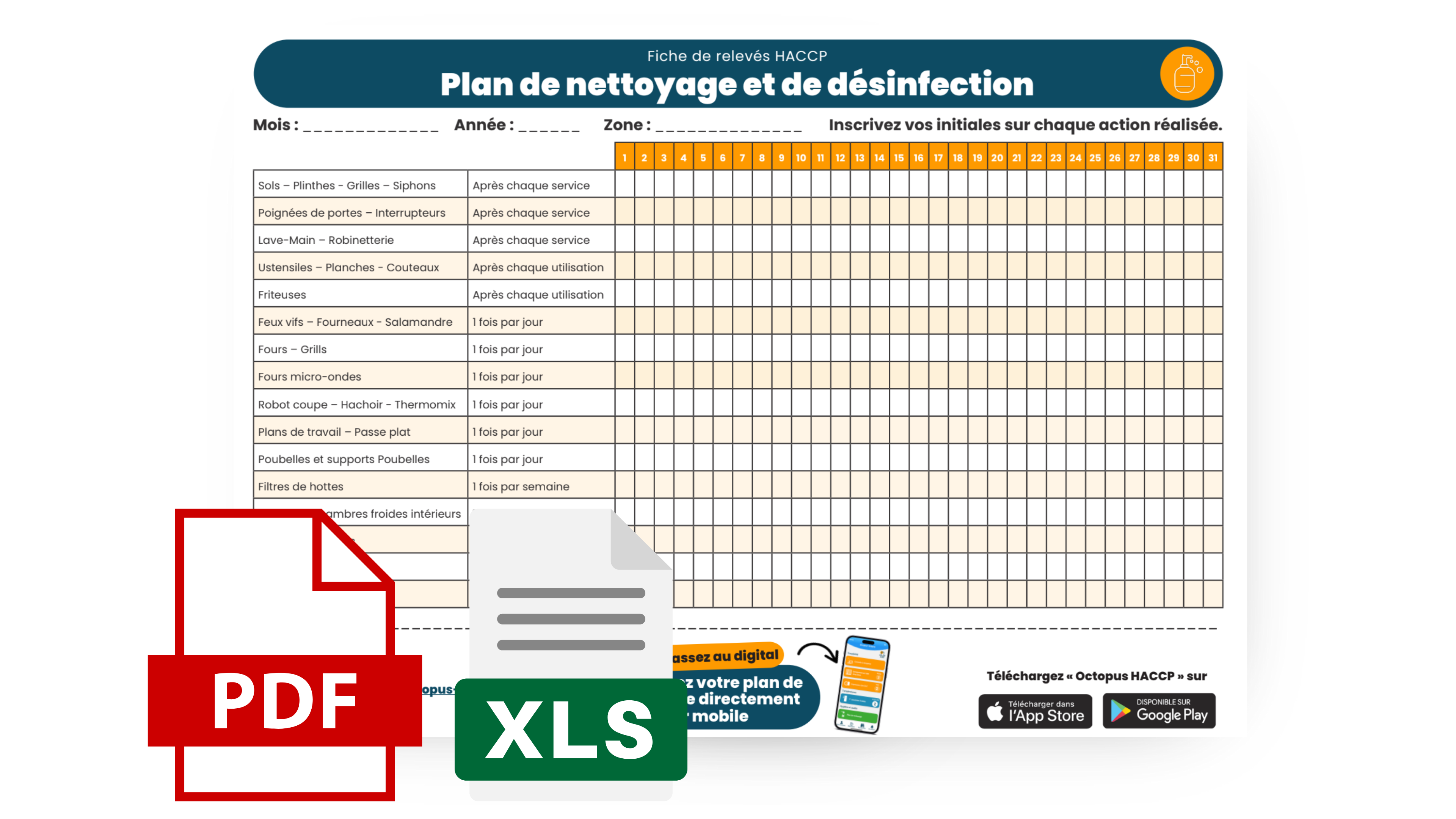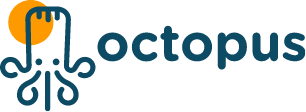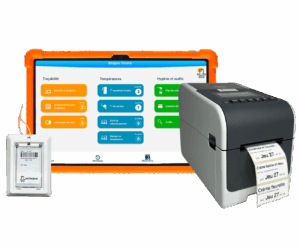HACCP kitchen cleaning plan: download your PDF or Excel file
Nettoyer et désinfecter
⏳ Temps de lecture : 5 min
? Mis à jour le : 25/02/2025
Contents
- What does a cleaning and disinfection plan mean?
- HACCP kitchen: how to build an effective cleaning plan?
- How to build the cleaning and disinfection plan for your kitchen/laboratory?
- How to create a kitchen cleaning and disinfection plan in Excel?
- How to record the implementation of your cleaning and disinfection plan?
- Which hygiene products to use in your cleaning and disinfection plan?
- Download your cleaning and disinfection plan in PDF and Excel
What does a cleaning and disinfection plan mean? 🧹🧴
In compliance with the HACCP method, cleaning must be done before disinfection. ✅
Cleaning consists of removing visible or invisible dirt to the naked eye before disinfection. The goal is to make the surface clean before disinfecting it.
Then, disinfection eliminates or kills microorganisms and inactivates viruses 🦠 present. The goal is to make the surface bacteriologically clean. This can only be achieved if the surface has been thoroughly cleaned beforehand.
Remember to rinse your surfaces after disinfection, so that no chemical residues come into contact with food products. 🍽️
Establishing a plan allows you to know when and how to clean and disinfect each surface. 🗓️
Finally, the cleaning and disinfection plan is one of the components of the sanitary control plan. You can also complement your sanitary control plan with a pest control plan available for download in PDF.
HACCP Kitchen: How to Build an Effective Cleaning Plan? ✨
A cleaning and disinfection plan is essential in your restaurant or laboratory kitchen 🍳. It must be carried out according to the principles of the HACCP method described in the GBPH for each profession (Guides to Good Hygiene Practices). ✅
- Ensure overall hygiene of your restaurant, kitchen, or laboratory;
- Control microbial contamination of the environment, with microbes including bacteria🦠, fungi (yeasts and molds), and viruses;
- Maintain equipment and the production environment in good condition;
- Comply with current legislation. ⚖️
How do you draw up a cleaning and disinfection plan for your kitchen/laboratory?
- The person responsible for cleaning and disinfection – Who?
- The areas that are cleaned and disinfected – Where? 🧹
- The items (surfaces, equipment, etc.) cleaned and disinfected – What?
- The cleaning and disinfection method (which hygiene product, which equipment to use) – How? 🧴
- The frequency of cleaning and disinfection (daily, weekly, monthly, etc.) – When? ⏰
- The list of items to clean and disinfect in your kitchen – What? ✅
- Then define each area: storeroom, vegetable prep area, cold prep, kitchen, pastry, dishwashing, etc.
For each area, list the elements related to 📝:
- Premises: floors, walls, doors, windows, etc.
- Large equipment: stoves, ovens, fryers, refrigeration units, etc.
- Surfaces and structural elements: worktops, pass-throughs, shelves, drawers, faucets, handwashing sinks, etc.
- Equipment: small tools (whisks, knives, cutting boards), bins, etc.
Can the cleaning plan be digitalized?
With the Octopus HACCP application, we help you build or update your cleaning and disinfection plan.
Once created, you will find your cleaning and disinfection plan directly in your application, making it easy to follow. As simple as a checklist, and each task includes technical and safety data sheets for any products to be used!
This way, you stay worry-free during hygiene inspections. Everything is saved and recorded. ✅
How to create a kitchen cleaning and disinfection plan on Excel? 🧼
To create your Cleaning and Disinfection Plan (CDP) on Excel, you can download our cleaning plan in PDF format and adapt it according to your needs:
- 1st column: Which zone? Storeroom, vegetable prep area, cold prep area, kitchen, etc. 🍽️
- 2nd column: Which elements? Floors, doors, stoves, cold storage units, etc. ❄️
- 3rd column: What frequency? Some elements need cleaning after each use, others once a day, once a week, etc. ⏰
In traditional catering, here are some recommended cleaning frequencies. Due to the Covid-19 crisis, be sure to reinforce disinfection of sensitive elements depending on their usage and foot traffic:
- Floors, grates, and drains: after each service;
- Door handles and switches ⚡: reinforced disinfection, at least twice a day depending on usage;
- Handwashing stations and taps: reinforced disinfection, once or twice daily;
- Work surfaces: reinforced disinfection before or after each shift;
- Garbage disposal areas 🗑️: reinforced disinfection once or twice daily;
- Cooking equipment: once per day;
- Hood filters: once per week;
- Small equipment: reinforced disinfection after each use;
- Drawers, shelves, cold storage units: once per week or once per month depending on needs.
- 4th column: Which product to use? Disinfectant cleaner, degreaser, etc. For a product to be effective against Covid, it must be virucidal. Check the labels and technical data sheets. The EN 14476 standard guarantees action against viruses 🦠, including Covid.
- 5th column: Cleaning method (dilution, contact time, etc.) and equipment (cloth, broom, etc.).
How to Record the Implementation of Your Cleaning and Disinfection Plan? 🧼
You must record the daily execution of your cleaning plan.
You can do this using an application like Octopus HACCP, which will provide you each day with a list of tasks to be completed, or on paper by downloading your cleaning plan tracking sheet further down on this page. 📋
The checklists in the Octopus HACCP application help you verify that all daily tasks have been properly completed in your establishment.
If you manage multiple sites, a dashboard allows you to quickly check that your teams comply with hygiene procedures across your entire network.
Which Hygiene Products to Use in Your Cleaning and Disinfection Plan? 🧴
Not all hygiene products have the same effects. Just because a surface is cleaned does not mean it is disinfected. 🧼
Disinfection products can be bactericidal, fungicidal, or virucidal, meaning they act on bacteria (for example, Escherichia coli) if they are bactericidal – standard EN 1040. Products acting on yeasts are called fungicidal – standard EN 1275. Finally, to be effective against viruses like COVID-19, a product must be virucidal and comply with standard EN 14476.
Check the properties of your disinfection products by reading the packaging or the technical data sheet. In case of doubt, contact your supplier.
Download your cleaning and disinfection plan in PDF and Excel ?
If you have a dedicated contact at your hygiene products supplier, you can ask them to provide you with a cleaning and disinfection plan. ?
It should be tailored to your kitchen and the hygiene products you purchase from them. If you don’t have one, fill out the form below to download our standard cleaning and disinfection plan.
This template corresponds to a typical kitchen. If your kitchen is organized differently, you can also create your cleaning plan in Excel.
You can also choose paperless by digitizing your cleaning plan with the online Octopus HACCP application. This software, compatible with mobile, tablet, and computer, simplifies the development of your cleaning and disinfection plan. ?
It helps you save time ⌛ by recording completed tasks, and allows quick access to the history of actions taken and events. Your cleaning plan on Octopus HACCP complies with food hygiene regulations and your sanitary control plan.

To receive your free documents, click here!?






